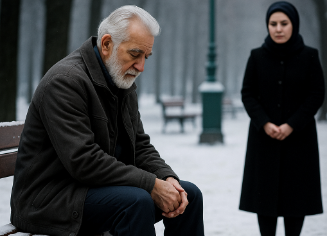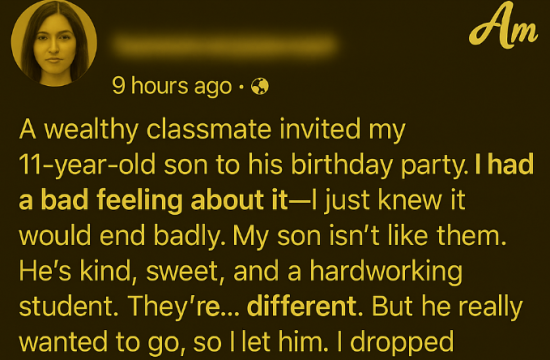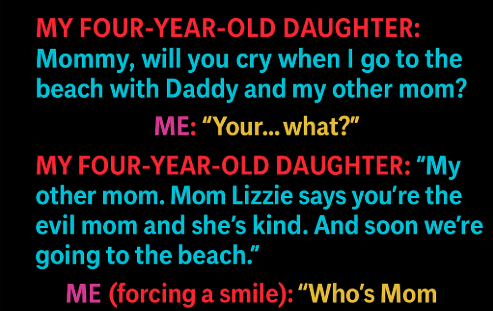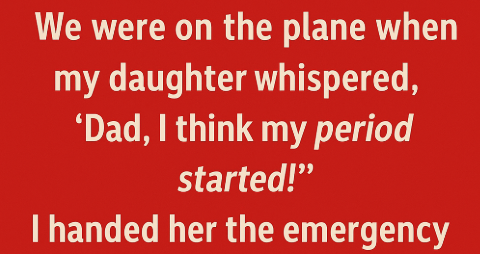I live with my ex-husband. Strange arrangement, I know—but life’s complicated. One evening, I came home and noticed the porch light had been changed. It now glowed green.
It wasn’t just a soft aesthetic change—it stood out. Almost… intentional.
I asked him why he’d changed it without telling me. He didn’t say much. Just glanced away and muttered, “It’s for my dad.”
That was it. No further explanation. His father had passed away recently, but I couldn’t understand the connection. Why a green light?
I brushed it off at first. But the glowing hue started to feel like a quiet sentinel, watching every night. It made me curious. So I began to dig.
What Does a Green Porch Light Actually Mean?
Turns out, green porch lights carry more weight than you might think. In neighborhoods across the U.S. and even internationally, they’ve emerged as subtle yet powerful symbols—representing hope, solidarity, remembrance, and awareness.
But what do these glowing green beacons actually say?
1. Support for Veterans
The most prominent origin comes from the 2013 “Greenlight A Vet” campaign. Spearheaded by Walmart and veteran organizations, it encourages people to change their porch lights to green in honor of veterans transitioning back to civilian life. Green symbolizes renewal, support, and peace—quiet appreciation for those who served.
Suddenly, his words—“It’s for my dad”—made sense. His father was a veteran. The light was a tribute. A silent salute.
2. Mental Health Awareness
In more recent years, green has become associated with mental health awareness. During May (Mental Health Awareness Month) and on World Mental Health Day (October 10), many use green lighting to show compassion and advocacy for mental well-being.
3. Unity in Crisis
In the wake of tragedies or during health crises, some communities adopt the green light as a symbol of collective resilience and remembrance. It becomes a quiet declaration: We’re in this together.
How to Join the Movement: Setting Up Your Own Green Porch Light
If you’re moved to light your own porch green, here’s how to do it right:
Step 1: Choose Your Message
Are you honoring a veteran? Advocating for mental health? Or simply showing solidarity? Knowing your purpose adds meaning to the glow—and prepares you to explain it when curious neighbors ask.
Step 2: Pick the Right Green
-
Green LED bulbs: Energy-efficient, long-lasting.
-
Colored bulb sleeves: Slide over your regular bulb for temporary changes.
-
DIY with glass paint: A creative, though less durable, option.
Tip: Aim for medium brightness—enough to be seen, not blinding.
Step 3: Installation
Turn off the power, switch out the bulb, and test it.
Want to go further? Share a photo online with hashtags like #GreenlightAVet or #MentalHealthAwareness to help spread the message.
Step 4: Optional—but Powerful: Add a Note
A small sign near your door can give context. Something like:
“This green light honors our veterans. Thank you for your service.”
Or
“Lighting the way for mental health awareness.”
Why Green? The Psychology of the Color
Green is calming. It symbolizes growth, healing, nature, and balance. It’s the color of renewal. In a world often filled with noise and conflict, a soft green glow can soothe, unite, and speak volumes—without a single word.
A Growing Global Gesture
Though the green light movement began in the U.S., it’s gained traction around the world. Whether used for PTSD awareness in Canada or mental health support in Europe, the message is universal: light can bring people together. And sometimes, the simplest actions—like changing a bulb—carry the deepest meaning.
Final Thoughts
When my ex changed that light, I didn’t understand. Now I do.
What seemed like a small, silent act was actually filled with grief, pride, and honor.
That’s the power of a green porch light. Whether you’re shining it for a loved one, a cause, or a stranger who needs hope—it means something. It stands for something.
A single bulb. A universal message.
Green means you’re not alone.











